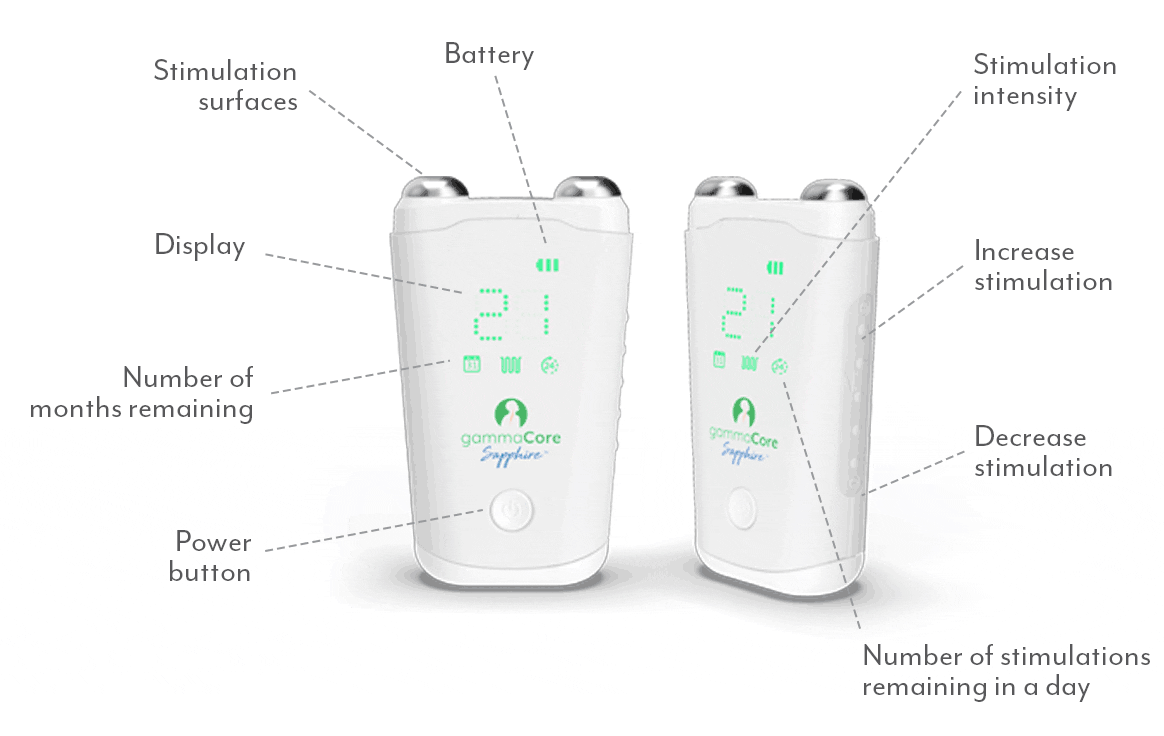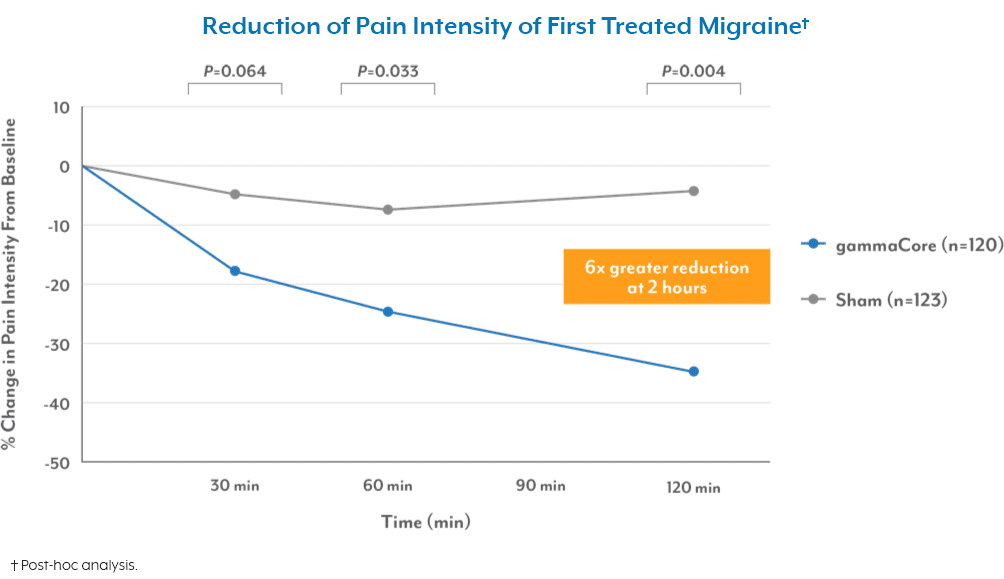
Migraine attacks are more than just severe headaches; they encompass a range of distinct phases, each with its own symptoms and characteristics. Understanding migraine phases can help you better manage and cope with your attacks and reduce their impact on your daily life.
Phase 1: Prodrome (Warning Signs)
Before the actual headache starts, many migraine sufferers experience a prodrome phase, also known as the “preheadache” or “premonitory” phase. It’s like a warning sign that a migraine is on the horizon. Symptoms will vary from person to person, but you might feel tired, irritable, or experience mood swings. Other things to watch out for are nausea, insomnia, constipation or diarrhea, muscle stiffness around the neck and shoulders, and food cravings.
Symptoms in the prodrome phase can last for hours or even days, so pay attention to your body and recognize your personal warning signs. Treating your migraine in this early stage may help reduce the severity or even prevent an oncoming attack.1
Phase 2: Aura (for Some People)
Not all migraine sufferers experience an aura, but for those who do, it typically occurs right before the headache begins. Auras are usually visual disturbances but can also affect other senses. You might see flashing lights, dots, zigzag lines, or blind spots. Some people also experience dizziness or tingling in their face or hands. Auras are temporary—this migraine phase usually sets in 30 to 60 minutes before the headache pain starts. However, keep in mind that not every migraine episode will have an aura phase.
Phase 3: Headache (the Main Event)
This is the phase most people associate with migraines—the excruciating headache pain. It’s often described as a throbbing pain on either one side of the head or both sides. During this phase, you might also experience a heightened sensitivity to light and sound, nausea, vomiting, insomnia, and anxiety, making everyday activities exceptionally challenging. The intensity of this stage within the migraine phases can vary from person to person and even from one attack to the next. Headaches can last anywhere from a few hours to several days.
Phase 4: Postdrome (the Aftermath)
Once the headache subsides, you might not be out of the woods just yet. The final postdrome phase, sometimes called the migraine hangover, can leave you feeling drained and sluggish. You might experience fatigue, difficulty concentrating, and even lingering sensitivity to light and sound. For many people, symptoms in the postdrome phase are the opposite of what they experienced in the first prodrome phase. For instance, if you had no appetite in the first phase, you might be very hungry in the postdrome phase.2 In any case, it’s crucial to rest during this phase and give your body the time it needs to recover fully.
Get Migraine Relief You Can Rely On
Knowing the different migraine phases can make it easier to manage the pain, especially when you have gammaCore™ non-invasive vagus nerve stimulator (nVNS) in your migraine toolkit.
gammaCore nVNS is a portable, easy-to-use device that provides clinically proven, reliable relief from migraine pain. It’s available with a prescription, and you can administer it at home. Use it twice daily to prevent migraine pain and up to 24 times throughout the day for fast-acting migraine relief when you need it. Using gammaCore at the first sign of a migraine (aim for that first prodrome phase) might just be the relief you’ve been waiting for.
To see if gammaCore is right for you, visit our clinic finder to locate a health care provider near you, or contact our dedicated Customer Experience team at 888-903-2673 or customerservice@electrocore.com.
References
1. (2018, January 18). The Timeline of a Migraine Attack. American Migraine Foundation. Retrieved October 19, 2023, from https://americanmigrainefoundation.org/resource-library/timeline-migraine-attack/
2. Stages of a migraine attack. The Migraine Trust. Retrieved October 19, 2023, from https://migrainetrust.org/understand-migraine/stages-of-a-migraine-attack/


